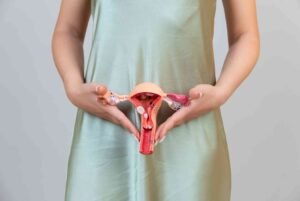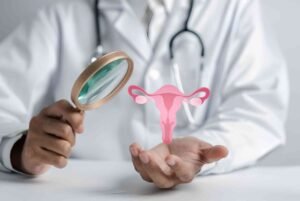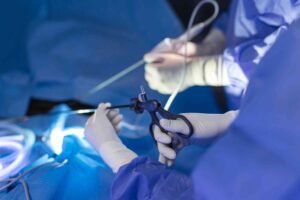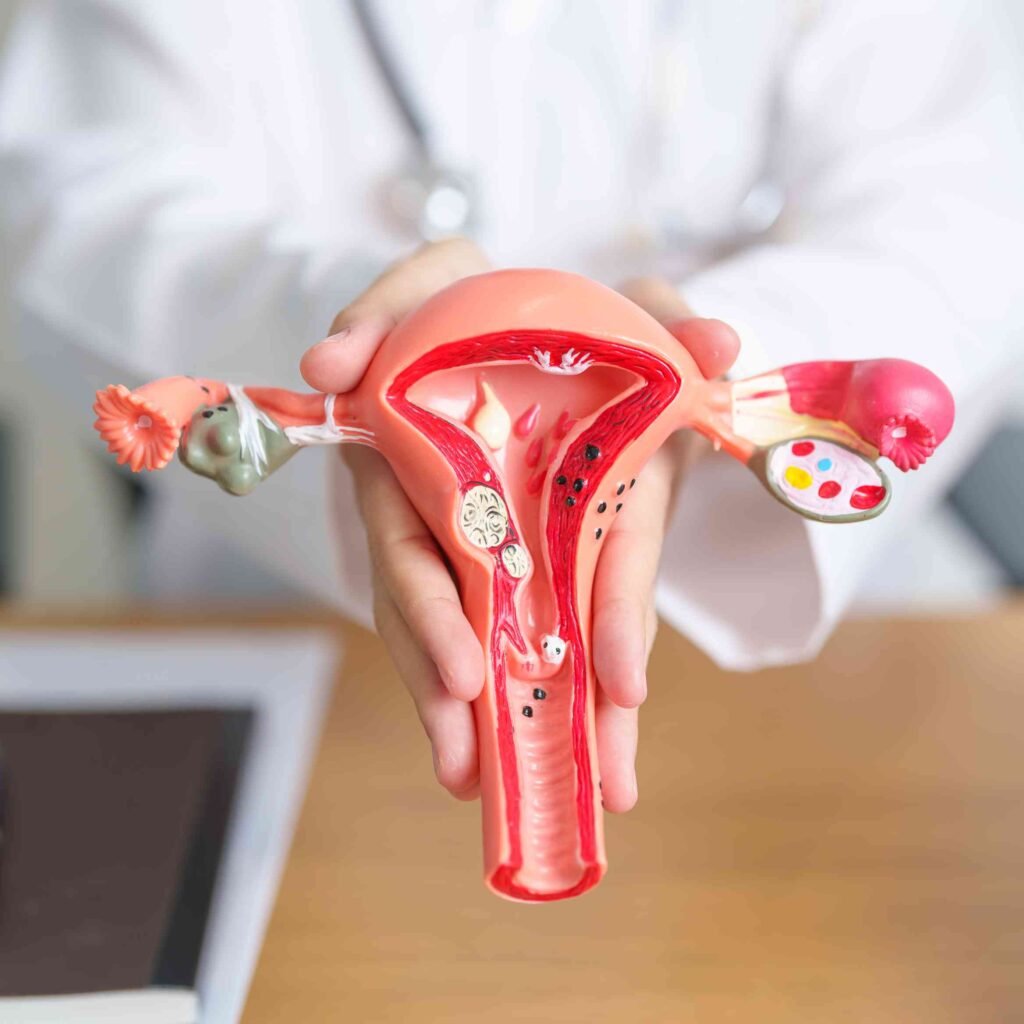Can Ovarian Drilling Improve Natural Ovulation in PCOS Patients?
If you’ve been diagnosed with Polycystic Ovary Syndrome (PCOS), chances are you’ve found yourself swimming in a sea of acronyms, treatment options, and sometimes, outright confusion. You’re definitely not alone. One of the biggest challenges women with PCOS face is irregular ovulation or, in many cases, no ovulation at all. It’s a tough pill to swallow when you’re trying to conceive or simply looking to regain a more predictable menstrual cycle.

Among the lesser-known but surprisingly effective treatments out there is something called ovarian drilling. The name might sound a little intimidating at first, but don’t worry — it’s not nearly as scary as it sounds. In fact, for many women who haven’t responded well to medication, ovarian drilling could be a game-changer.
So, what exactly is this procedure? And more importantly, can ovarian drilling improve natural ovulation in PCOS patients?
Let’s dive into everything you need to know — from how it works, who it’s for, what to expect, and the science behind why it may actually help.
What is Ovarian Drilling?
Let’s start by clearing up the basics. Ovarian drilling is a minor surgical procedure usually performed via laparoscopy (a minimally invasive method where tiny incisions are made and a camera is inserted into the abdomen). Using heat or a laser, small punctures are made in the ovary typically about 4 to 10, to reduce the number of small follicles (fluid-filled sacs) that are often seen in women with PCOS.
These small punctures help reduce the levels of androgens (male hormones like testosterone), which are typically elevated in PCOS patients and interfere with regular ovulation. The idea is that once the hormonal environment in the ovary is “reset” in a sense, natural ovulation can resume more regularly.
Despite its clinical-sounding name, ovarian drilling is generally a quick, outpatient procedure. Recovery is usually fast, and many women go home the same day.

How Does PCOS Affect Ovulation?
Before we dive deeper into how ovarian drilling works, it helps to understand why PCOS makes ovulation so complicated in the first place.
PCOS is a hormonal disorder that affects about 1 in 10 women of reproductive age. One of its most defining features is the presence of many small cysts (actually immature follicles) in the ovaries. These follicles often don’t mature enough to release an egg, which means ovulation doesn’t occur.
On top of that, women with PCOS often have insulin resistance and elevated androgens, which further disrupt the delicate hormonal balance necessary for a regular menstrual cycle and ovulation. This combination can make it incredibly hard for women to get pregnant naturally — or even predict when their period will come.

When is Ovarian Drilling Considered?
Usually, the first line of treatment for PCOS-related infertility is lifestyle change (like diet and exercise) and ovulation-inducing medications such as Clomiphene Citrate or Letrozole. These drugs work by stimulating the ovaries to release an egg.
But here’s the catch — about 20–25% of women with PCOS don’t respond to these medications. That’s where ovarian drilling can come in as a second-line treatment.
Doctors may suggest ovarian drilling if:
- Ovulation-inducing drugs haven’t worked after multiple cycles
- Hormonal imbalances are particularly severe
- The woman is undergoing laparoscopy for another reason (like checking for endometriosis)
- She prefers not to use or has side effects from fertility medications
The Science Behind Ovarian Drilling and Ovulation
So, what does the research say? Can ovarian drilling truly help women with PCOS ovulate naturally?
In short, yes — for many women, it does.
Studies have shown that about 50% to 70% of women who undergo ovarian drilling start ovulating regularly afterward, often within a few months. Even better? Many of them conceive naturally, without needing further fertility treatments.
Here’s what’s happening under the surface:
- Lower androgen levels: Drilling reduces the number of hormone-producing cells in the ovary, lowering levels of testosterone and other androgens. This helps restore a better hormonal environment for ovulation.
- Improved follicle development: By puncturing the thickened ovarian wall, the procedure can improve the communication between hormones and the developing follicles.
- Resetting the ovary’s rhythm: In a way, ovarian drilling gives the ovary a “fresh start” almost like rebooting your computer when it’s stuck.
While the exact mechanisms are still being researched, the results are often encouraging — especially for women who’ve tried everything else without success.
What to Expect Before, During, and After Ovarian Drilling?
If you’re considering ovarian drilling, you’re probably wondering what the whole process looks like.
Before the procedure:
You’ll likely have a full fertility workup, including blood tests, ultrasound, and possibly a semen analysis for your partner. Your doctor will want to rule out other causes of infertility and confirm that PCOS is the main issue.
During the procedure:
Ovarian drilling is done under general anesthesia. A small incision is made near your belly button, and a laparoscope is inserted to allow the surgeon to see your ovaries. Then, using a small needle connected to an electrical device or laser, tiny holes are made in each ovary. The entire process usually takes less than an hour.

After the procedure:
You’ll go home the same day in most cases. You may feel bloated or sore for a few days, but recovery is usually quick. Many women report having their first ovulation or period within 4 to 6 weeks after the surgery.
How Effective is Ovarian Drilling Compared to Medication?
Here’s where things get interesting. While medications like Clomid or Letrozole are generally the go-to options, they don’t work for everyone — especially women with Clomiphene-resistant PCOS.
For these women, ovarian drilling has shown similar or even slightly better success rates in terms of ovulation and pregnancy. Plus, one of the biggest upsides is that the effects of ovarian drilling can last for 6 to 12 months, meaning you may ovulate regularly for months without needing daily medication.
It’s also worth noting that the risk of multiple births (twins, triplets, etc.) is lower with ovarian drilling compared to fertility drugs. That’s a plus for women hoping to avoid the risks associated with high-order pregnancies.
Risks and Considerations
As with any surgical procedure, ovarian drilling isn’t entirely without risk. Complications are rare, but can include:
- Infection
- Adhesions (scar tissue that can cause pain or fertility issues later)
- Bleeding or damage to surrounding organs (extremely rare)
- Premature ovarian failure (if too many punctures are made)

This is why it’s crucial to work with a skilled reproductive surgeon who’s experienced in this procedure. In general, fewer punctures are better, and modern techniques are much safer than those used in the past.
Also, ovarian drilling isn’t a guaranteed fix. Some women may still need medication or other treatments afterward. It’s not a magic cure — but it can be a powerful part of a broader fertility plan.
Final Thoughts: Is Ovarian Drilling Right for You?
Choosing the right fertility treatment is deeply personal. For some, the idea of surgery may be off-putting. For others, it’s a hopeful step toward restoring their body’s natural rhythm.
If you’re curious about whether ovarian drilling might be right for you, it’s a good idea to talk to your reproductive endocrinologist or OB-GYN. Ask about your hormone levels, your ovarian reserve, and whether you might be a good candidate. With the right information, you can make a decision that feels informed, empowering, and best aligned with your long-term goals.



